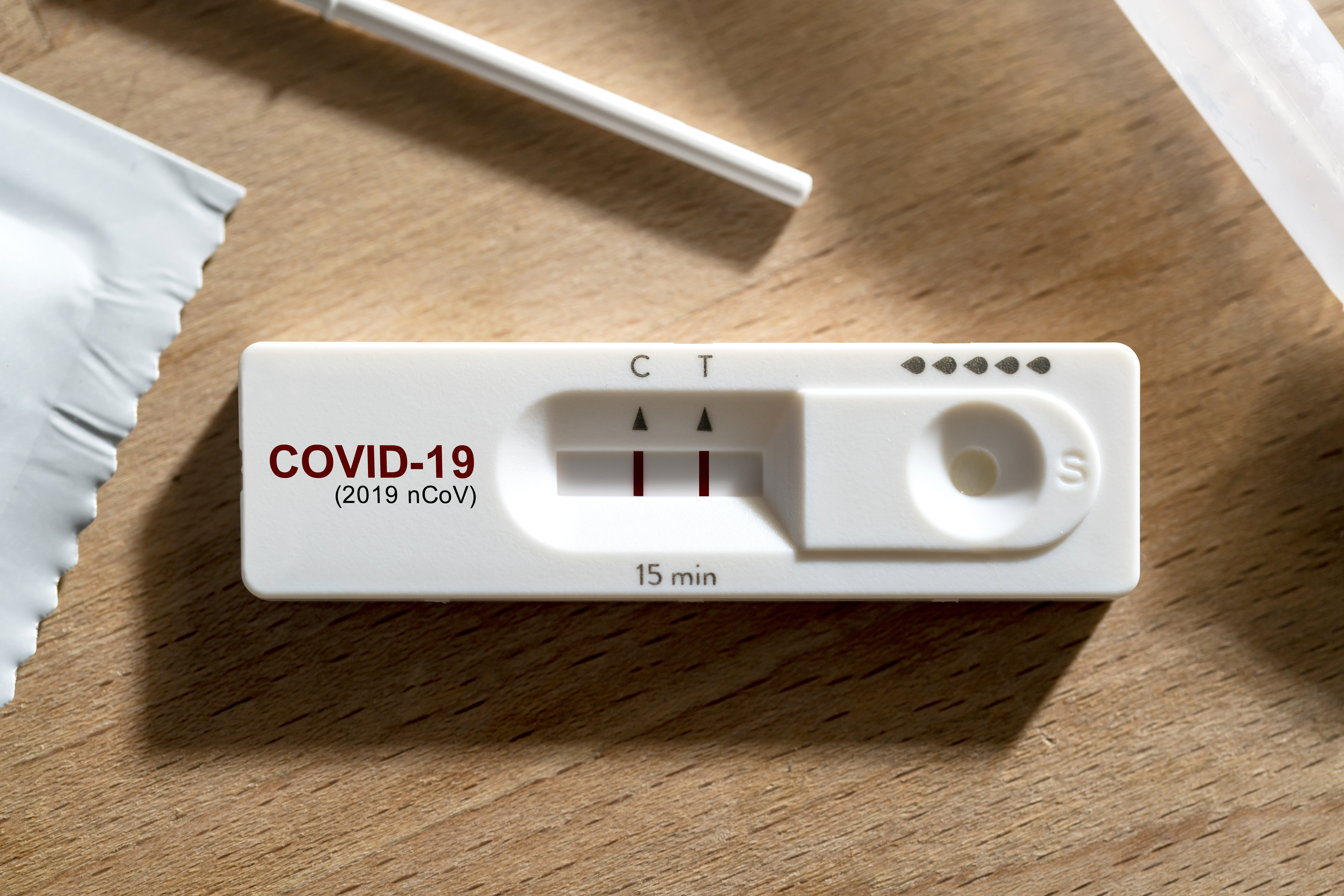
What to know about XEC.
(KatieCouricMedia, Rachel Uda) — Yet another strain of Covid-19 has emerged — and experts believe it may soon become the dominant version of the virus here in the U.S. Here’s what you need to know about XEC, its potential to drive a winter wave, and how you can stock up on free coronavirus tests.
What is the XEC variant?
The summer may have belonged to the so-called FLiRT variants, but experts think that XEC is poised to take over. The subvariant is a recombinant or hybrid of two earlier forms of the virus — KS.1.1 and KP.3.3 — which both belong to the Omicron family.
XEC was first detected in June in Berlin, and has since spread throughout Germany, France, Denmark, and Netherlands, according to a data scientist who’s been tracking the variant’s spread. And although it appears to be moving quickly across Europe, the World Health Organization hasn’t yet classified it as a variant.
Where has XEC spread?
Currently, XEC has been detected in at least 25 states, according to data from global virus database GISAID. Those states are: Arizona, California, Colorado, Delaware, Florida, Hawaii, Illinois, Iowa, Maryland, Massachusetts, Michigan, Nebraska, Nevada, New Jersey, New York, North Carolina, Ohio, Pennsylvania, Rhode Island, South Carolina, South Dakota, Texas, Utah, Virginia, and Washington.
But the number of domestic XEC cases is still quite low — so low it hasn’t even been added to the Centers for Disease Control and Prevention’s Covid-19 tracker. (In order for it to be included, a lineage must make up at least 1 percent of cases nationally.) Currently, the strain causing most Covid cases in the U.S. is KP.3.1.1, which some scientists have called “DeFLuQE.”
Why are experts watching XEC?
Even though it’s not widespread at the moment, scientists have been watching XEC because of its quick rise in Germany. “We often use what happens in Europe as a good indication of what might happen here,” epidemiologist Joëlla W. Adams tells USA Today.
Eric Topol, MD, director of the Scripps Research Translational Institute in La Jolla, tells the Los Angeles Times that he believes “XEC is definitely taking charge.”
“That does appear to be the next variant,” he says. “But it’s months off from getting into high levels.”
However, other experts seem skeptical, and think another strain — one more closely related to KP.3.1.1 that’s spread widely through some countries — is a more likely successor, CBS reports.
Will the vaccines be effective against XEC?
The updated vaccines released earlier this month were designed to protect against the KP.2 strain, which is part of the FLiRT family. That means the shot should be highly effective against the most common strains now — like KP.3.1.1 — but probably less so against XEC, Dr. Topol says.
He tells the Los Angeles Times that the difference between what the new shot is formulated for and XEC is “pretty substantial…and we’ll see how it plays out.”
Still, any booster will help bolster your immunity, he says. And the CDC told CBS that it anticipates the vaccines “will continue to work against all circulating variants.”
How to get free Covid tests
Whether it’s XEC or some other version of Covid, CDC modelers believe the U.S. will experience an uptick this winter, with cases peaking in mid-January. Fortunately, you should soon be able to order free Covid-19 tests. A spokesperson for the U.S. Health and Human Services agency told the Associated Press that Americans will be able to request four free nasal swab tests this month by visiting COVIDTests.gov. However, the online portal is not yet up and running and the agency did not say exactly when ordering will begin.
